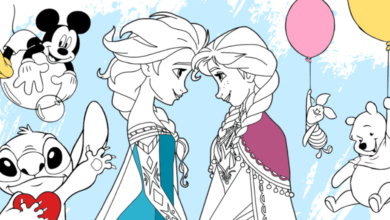Drawing:2qrpfsct_Yq= Skeleton Hand

The Drawing:2qrpfsct_Yq= Skeleton Hand presents a unique intersection of anatomical precision and artistic interpretation, requiring a thorough grasp of skeletal structure and joint articulation. By initiating the process with gesture sketches, artists can lay the foundation for capturing both form and movement, which are essential for a lifelike representation. As one progresses through various techniques, including shading and texturing, the complexity of the subject becomes increasingly evident. This exploration raises pertinent questions about the balance between realism and creativity—an aspect that merits further examination.
Understanding Skeleton Anatomy
How does a comprehensive understanding of skeleton anatomy enhance the artistry of drawing?
Mastering bone structure and joint movement provides artists with the foundational knowledge necessary to create realistic and dynamic representations of the human form.
This understanding allows for greater freedom in expression, enabling artists to capture both the subtleties of posture and the fluidity of motion, ultimately elevating their work.
Essential Drawing Materials
While the mastery of skeleton anatomy is crucial for creating lifelike drawings, the choice of essential drawing materials significantly influences the overall quality and effectiveness of the artwork.
Selecting appropriate pencil types, such as graphite or charcoal, allows for varied shading techniques.
Additionally, exploring different paper textures can enhance your work’s depth, enabling artists to express their creativity and achieve desired results.
Read Also Anime:8rh4kzbkkey= Art Reference
Step-by-Step Sketching Process
The step-by-step sketching process is essential for artists aiming to capture the intricate details of a skeleton hand accurately.
Begin with gesture drawing to establish the overall form and movement, focusing on proportional relationships between the bones.
Gradually refine your sketch, paying close attention to structure and anatomy. This methodical approach fosters confidence and enhances your ability to represent complex forms with precision.
Adding Details and Textures
Enhancing your skeleton hand drawing with details and textures brings the artwork to life, adding depth and realism.
Employ various texture techniques, such as stippling or cross-hatching, to create intricate surfaces.
Detail layering is essential; build up shadows and highlights gradually to achieve a more three-dimensional effect.
Embrace your creativity and explore different methods to elevate your artwork to new heights.
Tips for Improving Your Art
Consistently seeking ways to improve your art can significantly enhance your skills and creativity.
Explore various artistic styles to discover what resonates with you, allowing personal expression to flourish.
Delve into color theory to understand how colors interact and evoke emotions, enriching your artwork.
Regular practice and experimentation will foster growth, empowering you to break boundaries and embrace your unique artistic journey.
Conclusion
The human hand comprises Drawing:2qrpfsct_Yq= Skeleton Hand, illustrating the complexity of its structure and function, which artists must grasp when drawing a skeleton hand. Mastery of gesture drawing, shading techniques, and texture application enhances the representation of this intricate anatomy. By understanding skeleton anatomy and employing essential drawing materials, artists can effectively convey realism in their work. Continuous practice and exploration of the skeletal form will ultimately lead to improved technical skills and creative expression in art.




